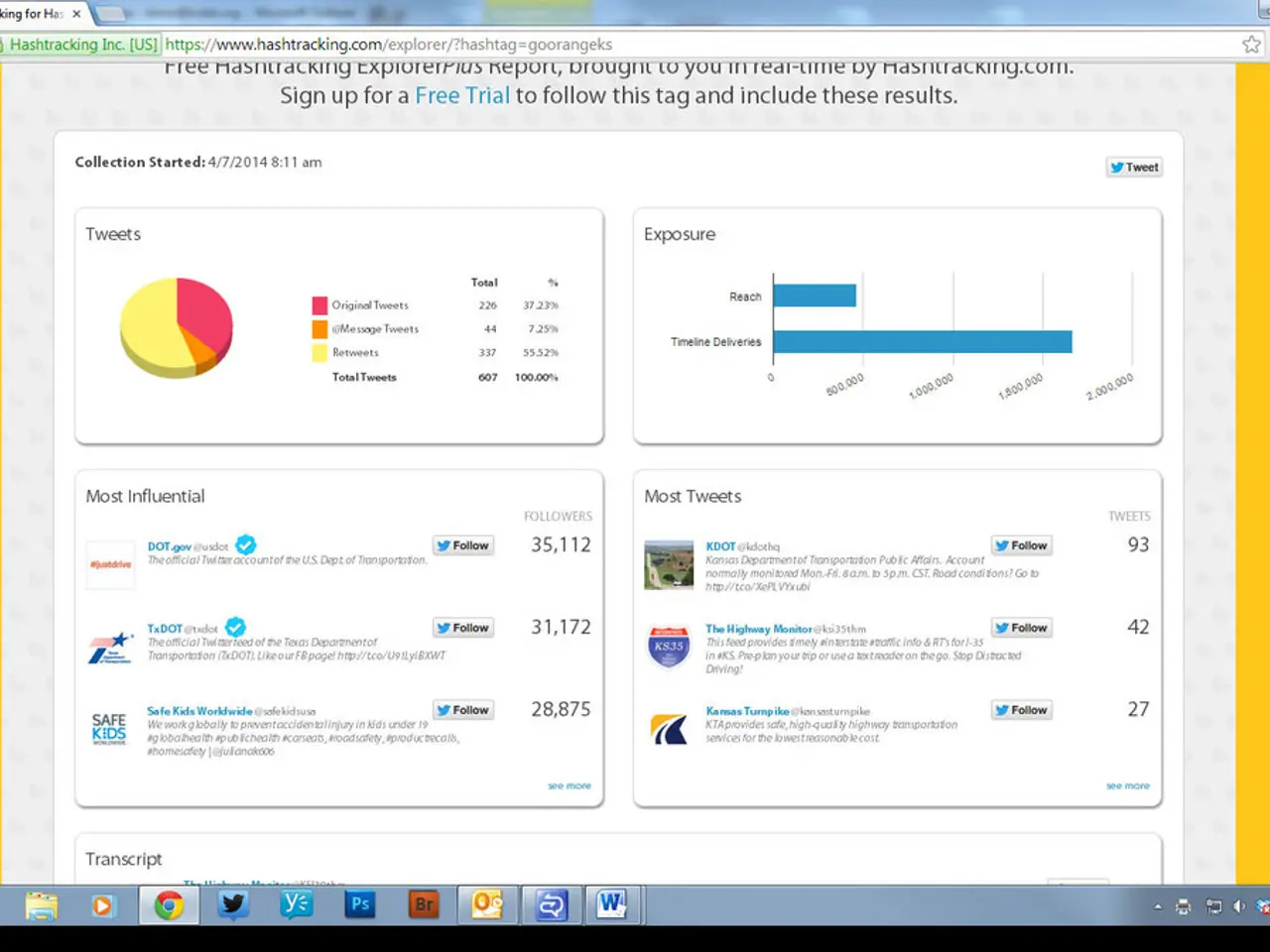Understanding User Perspectives: A Comprehensive Guide to Delving into a User's Psychological Spaces
Empathy maps are a valuable tool in the design and research process, offering insights into users' thoughts, feelings, and behaviours. Here's a guide on creating and using empathy maps effectively.
**Creating Empathy Maps**
1. **Define the Goal**: Clearly outline the purpose and scope of the empathy map. Identify the user you want to understand and empathise with, and summarise their situation and role.
2. **Collect Customer Insights**: Gather data through user research methods like interviews, surveys, and Voice of the Customer programs. This helps in creating a comprehensive understanding of users' needs and pain points.
3. **Use a Tool or Template**: Utilise tools like Creately to create empathy maps. Templates can guide you through the process, ensuring you gather the necessary information.
**Best Practices for Using Empathy Maps**
1. **Collaborative Process**: Involve multiple stakeholders, including designers, users, and cross-functional teams, in the empathy-building process. This fosters a culture of empathy and ensures shared understanding.
2. **Inform Design Decisions**: Use empathy maps to identify user pain points and areas for improvement. This helps in making informed design decisions that prioritise user needs.
3. **Iterative Refinement**: Continuously iterate and refine empathy maps based on new insights and feedback. This ensures that design solutions evolve to better meet user needs over time.
4. **Combine with Other Tools**: Use empathy maps alongside other design tools like user personas and journey maps to gain a holistic understanding of the user experience.
5. **Involve Users in Feedback**: Test design solutions with real users and incorporate their feedback into the design process. This helps validate assumptions and improve the user experience.
Creating an empathy map involves choosing a real user, gathering qualitative research, setting up the empathy map framework, and filling in each quadrant with relevant information. The empathy map is generally divided into four main sections or quads: Says, Thinks, Does, and Feels.
The "Says" quadrant captures the user's verbal expressions, whether a direct quote or something paraphrased from what they communicated orally. The "Thinks" quadrant describes the user's inner thoughts, which are not necessarily expressed aloud but include beliefs, aspirations, hopes, and doubts. The "Does" quadrant covers a wide range of the actions taken by the user and includes observable actions, interactions, or behaviours reminiscent of a habitual routine. The "Feels" quadrant includes the user's implied or expressed emotions, such as mood, frustration, excitement, vexation, and confusion.
Empathy maps are used in various fields, including UX, product strategy, marketing, and customer care. They help teams develop a stronger understanding of users and a deeper empathy for their motivations, emotions, and behaviours. Direct quotes and examples from users should be incorporated into the empathy map to ensure authenticity. The exercise's goal is not perfect classification but understanding the user's perspective, especially in relation to the project's focus.
The empathy map should be treated as a living document, changing as the understanding of the user evolves due to new research insights. If a team is stuck, a team discussion should be held to form the most agreeable hypothesis that respects user research. Empathy maps enable teams to centre and focus on the user during product development, helping to avoid designing based on personal opinions, assumptions, or business objectives.
Insights gathered from empathy maps inform the creation of user personas, which serve as detailed representations of different user types to help designers tailor their solutions to meet specific user needs. To achieve emotional resonance with the user's journey, it is okay for participants to spend time deliberating on the placement of details. Memorable moments from interviews should be discussed, with everyone bringing in different interpretations of the user's journey and combining them.
Incorporating direct quotes from users ensures the authenticity of their sentiments and needs in the empathy map. To facilitate team collaboration on empathy maps, sticky notes can be used for each quadrant during a design, product, or research synthesis session. The completed empathy map should be disseminated to the entire team, with discussions, feature prioritization, and inspiration derived from it.
FigJam, Miro, and Notion are popular tools in 2025 for creating empathy maps, as they offer intuitive templates, real-time collaboration, and seamless integration with other design tools. Empathy maps can help understand diverse user groups and foster empathy among stakeholders. If unnecessary sections are found to hinder the project's context or goals, they can be removed to customise the structure of the empathy map.
In conclusion, empathy maps are a powerful tool in the design and research process, offering a visual and collaborative approach to understanding users' thoughts, feelings, and behaviours. By following best practices, teams can create effective empathy maps that inform design decisions and prioritise user needs.
- To delve deeper into the lifestyle and preferences of our user, we could incorporate insights from home-and-garden related activities and gadgets they use, such as smart thermostats or indoor plants, to better understand their habits and pain points within those contexts.
- In addition to traditional research methods, technology like virtual reality or AI chatbots could be leveraged to gather more immersive data about user behavior and emotions, providing valuable information for our empathy maps and resulting in designs that cater to their evolving needs.




